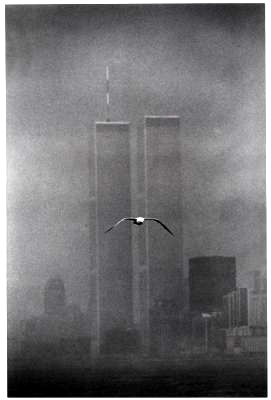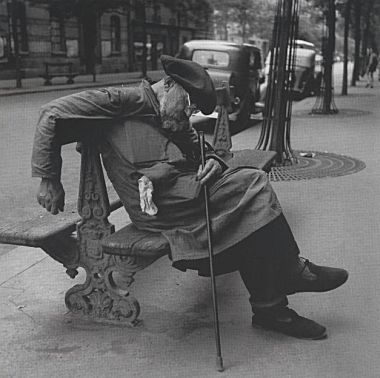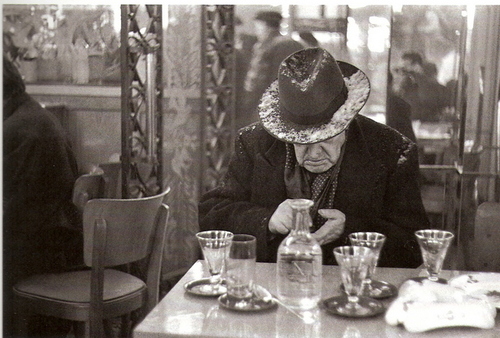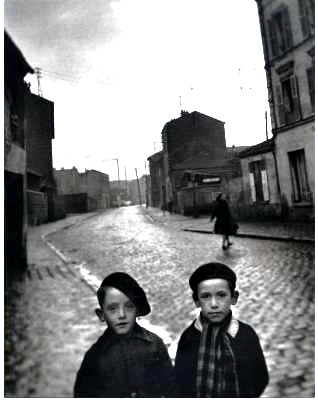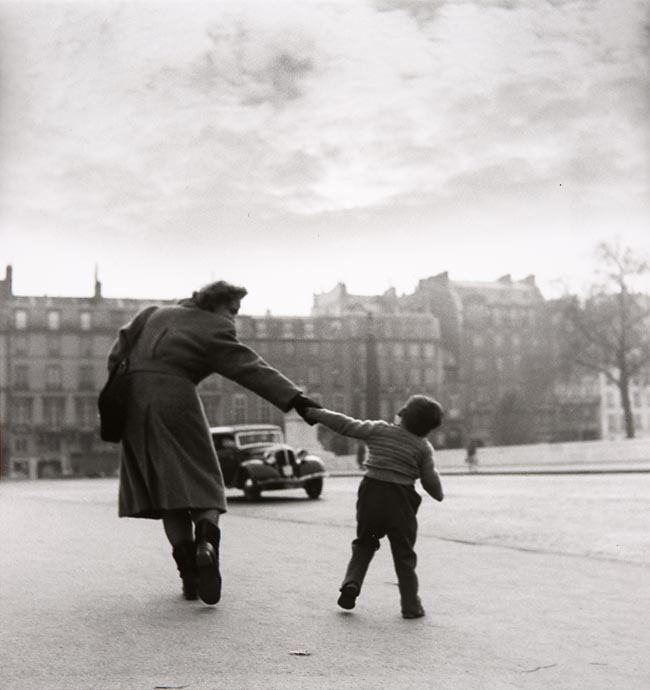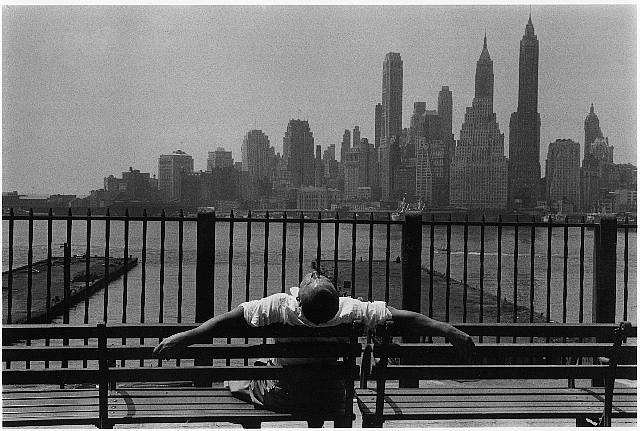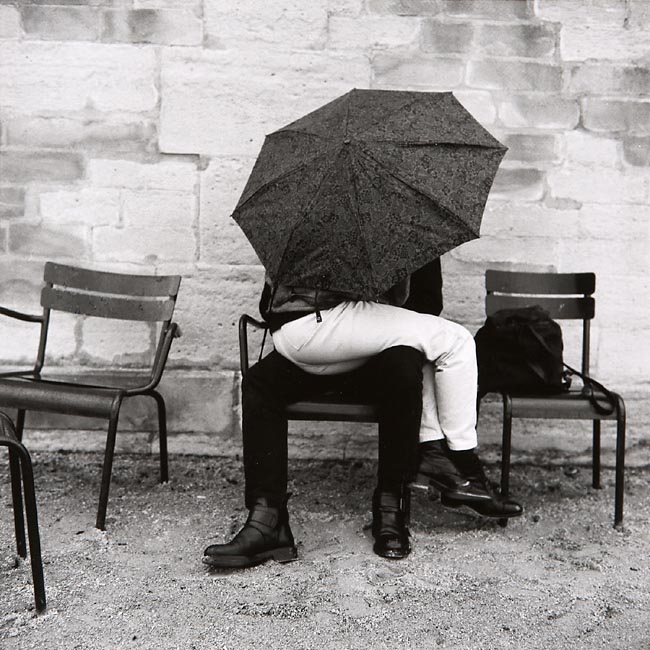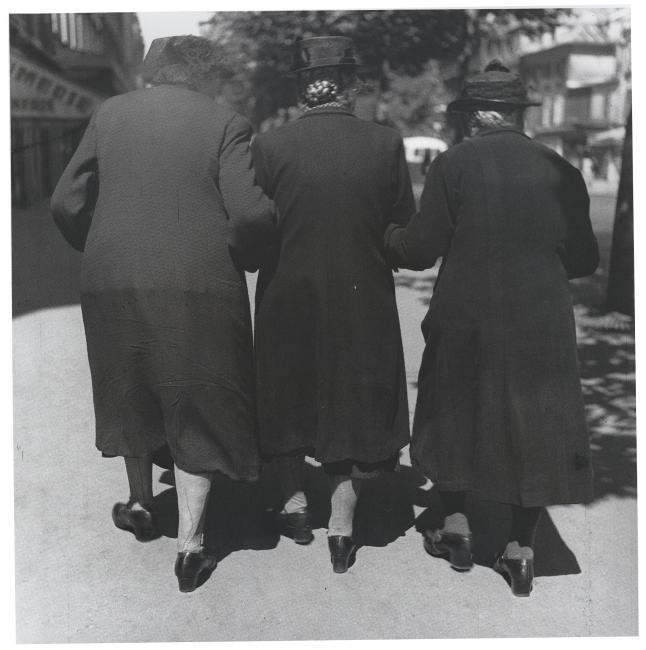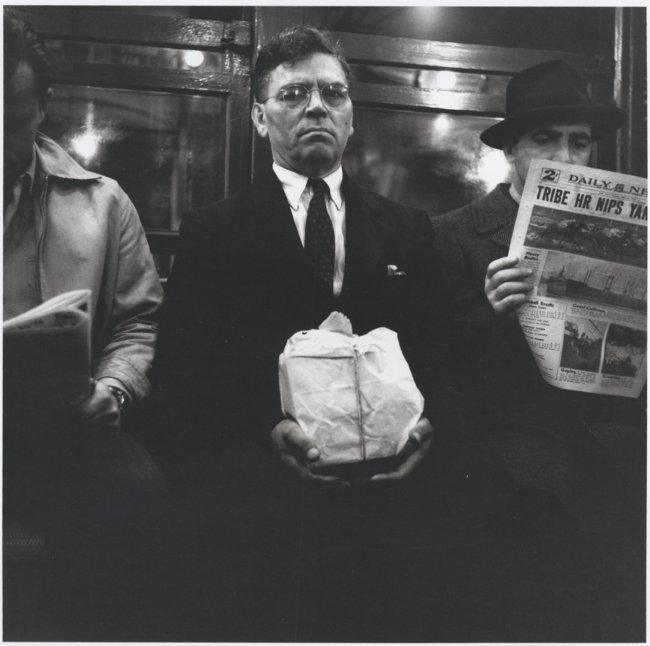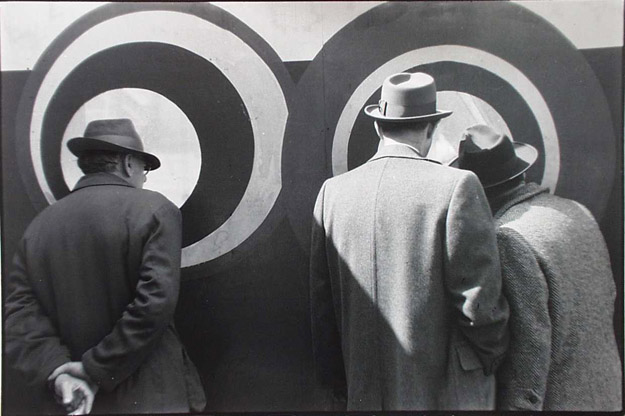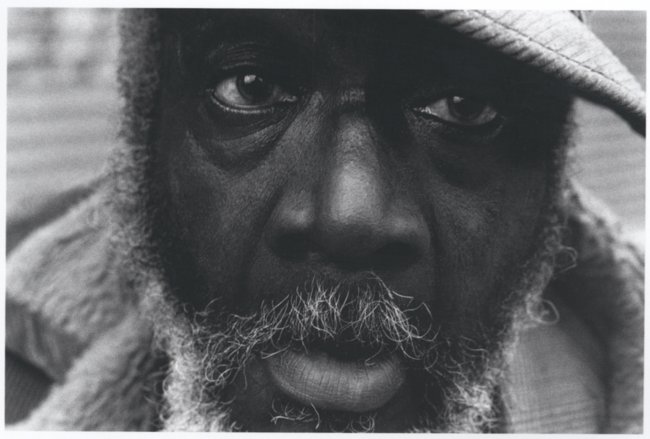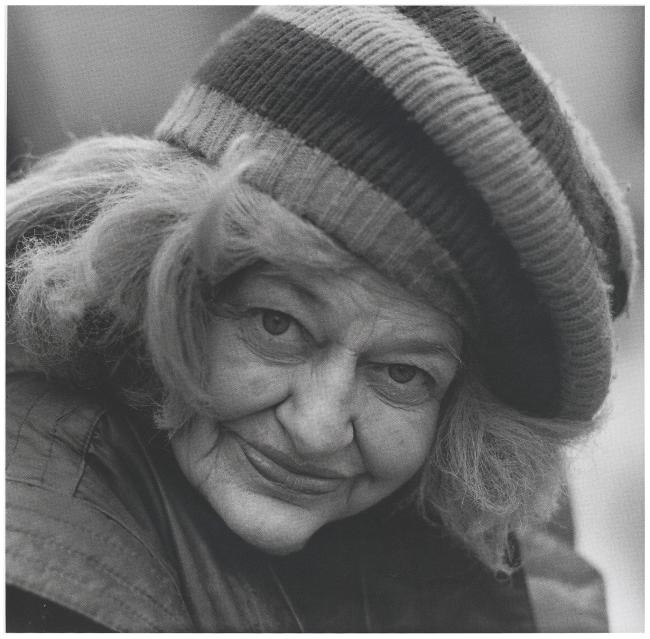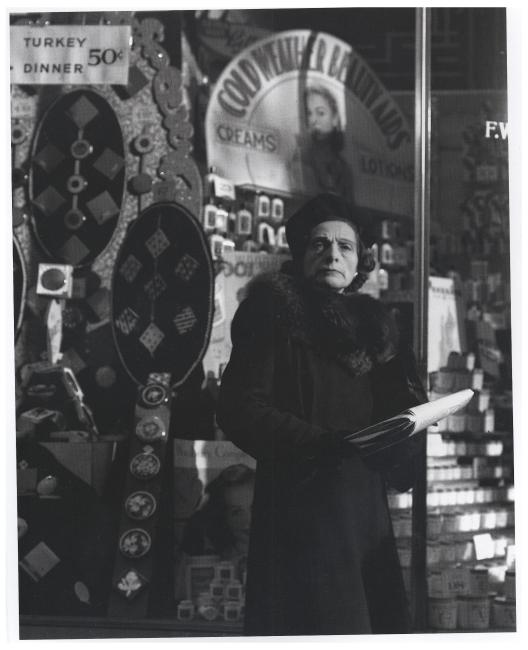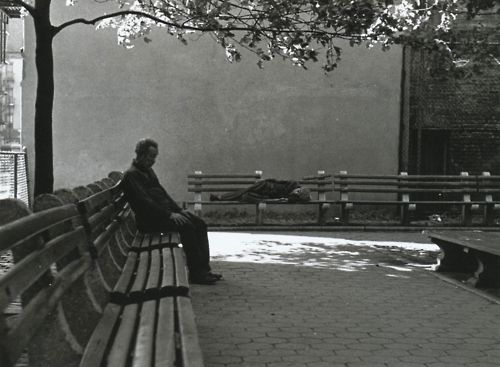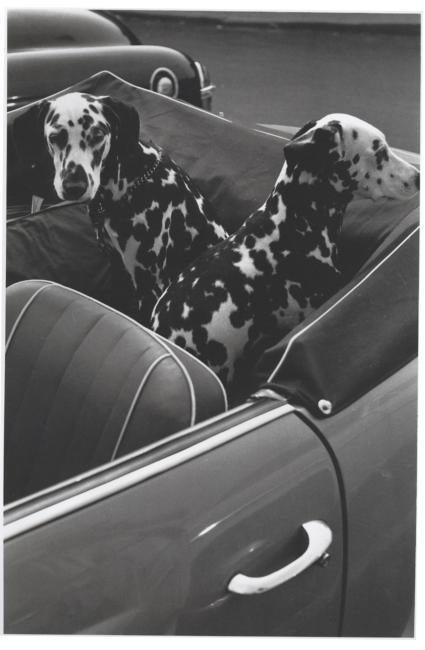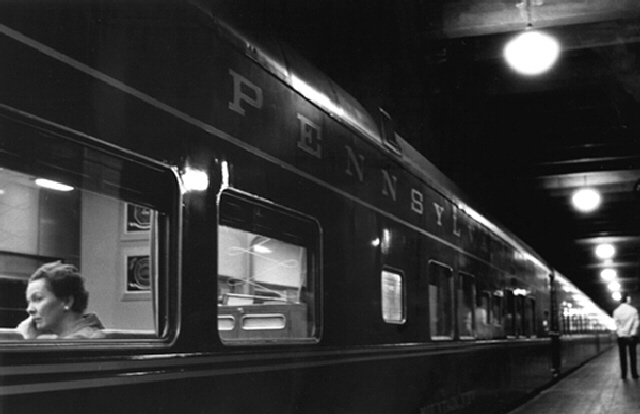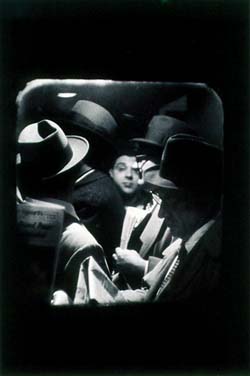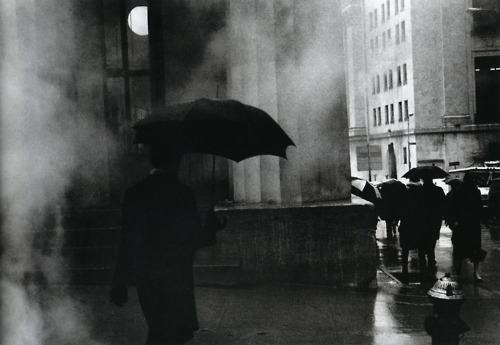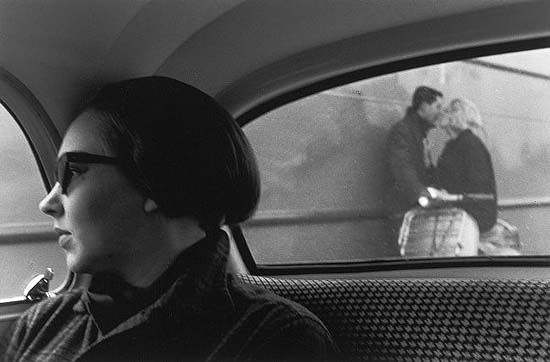<Back to Index>
- Photographer Louis Stettner, 1922
PAGE SPONSOR
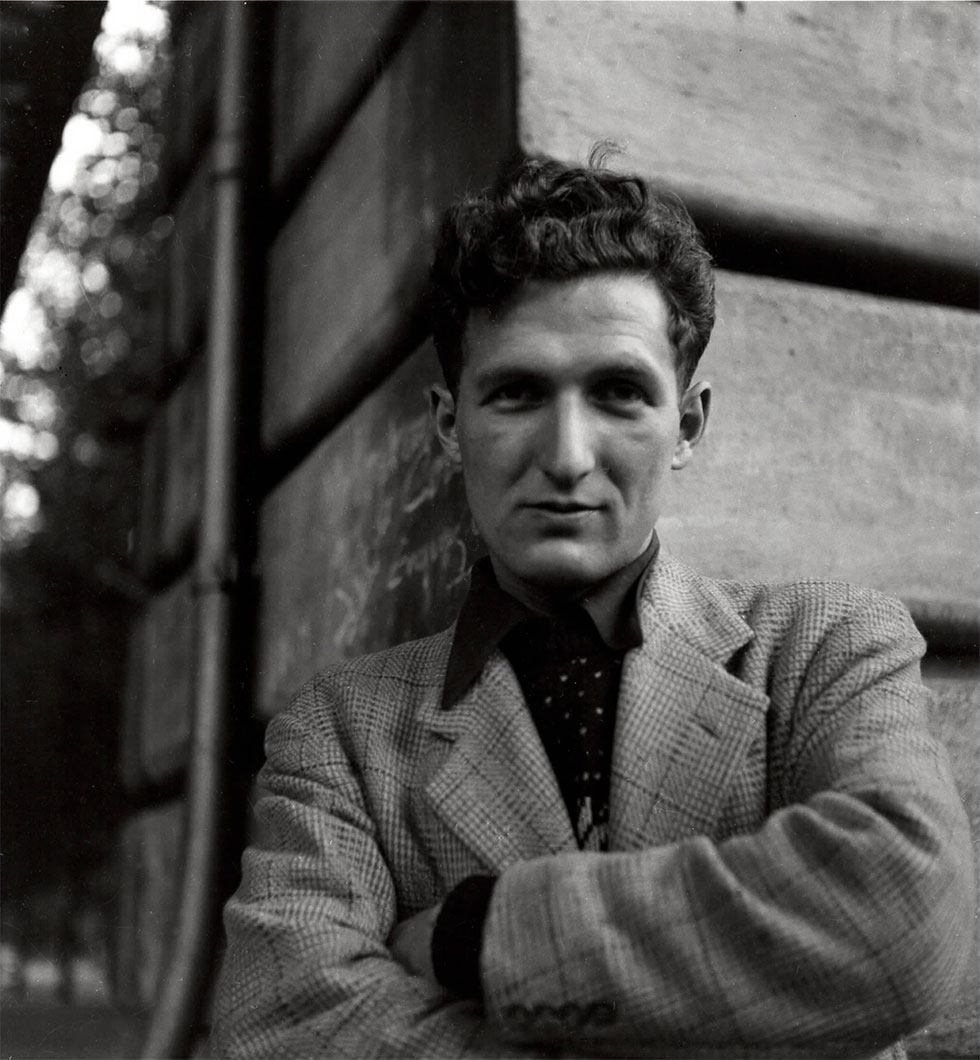
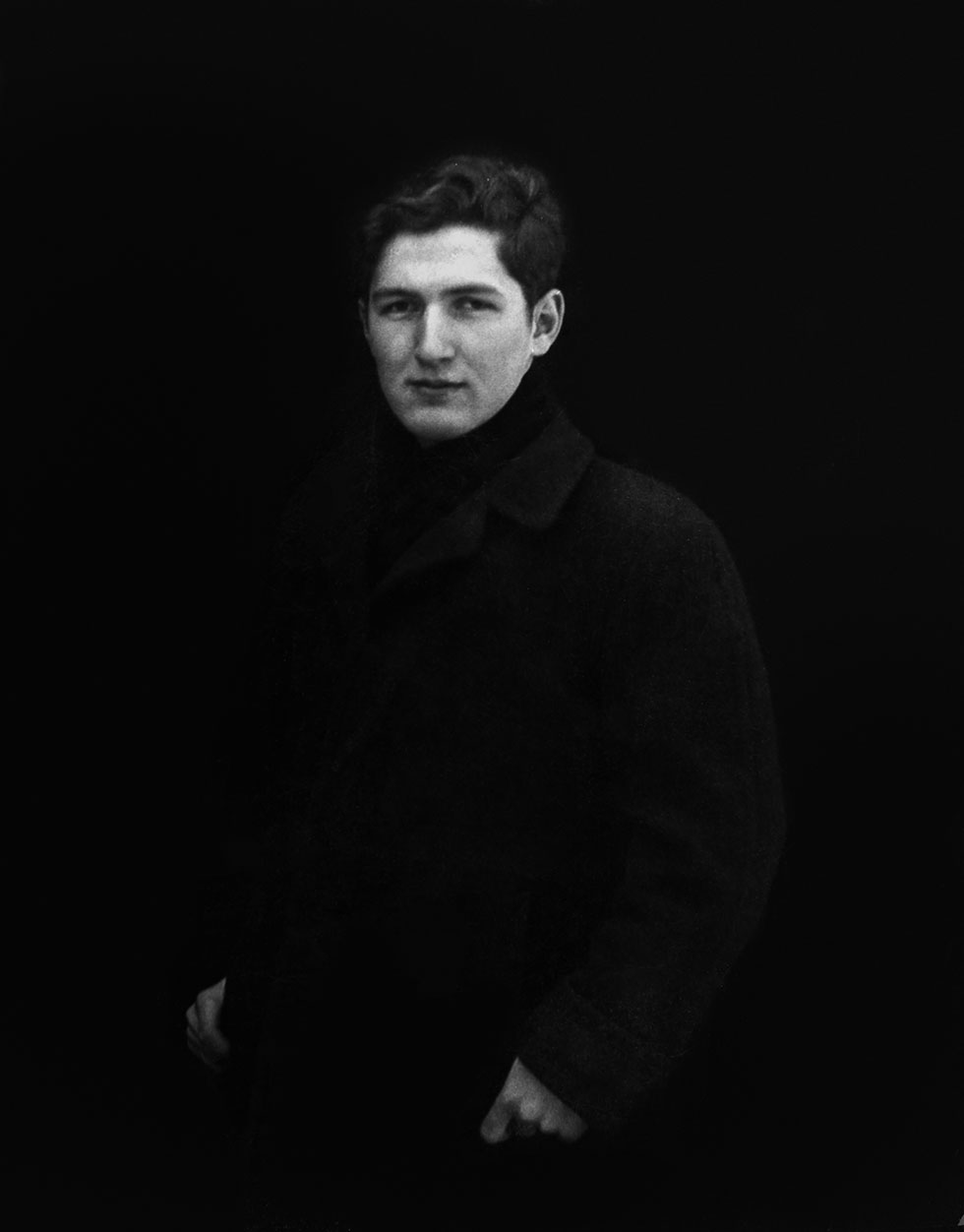
Louis Stettner (November 7, 1922 - October 13, 2016) was an American photographer whose work includes streetscapes, portraits and architectural images of New York and Paris. His work has been highly regarded because of its humanity and capturing the life and reality of the people and streets of both cities. Since 1947, Stettner had photographed the changes in the people, culture and architecture of both cities. In his 80s, he continued to photograph New York and Paris.
Louis Stettner was born on November 7, 1922, in Brooklyn, New York where he was raised as one of four children. His father was a cabinet maker and Louis learned the trade when young, using the money to support his growing love of photography. He was given a box camera as a child and his love affair with photography began. His family went on trips to Manhattan and visited museums including the Metropolitan Museum of Art where he began his love of art.
At 18, in 1940, Stettner enlisted in the army and became a combat photographer in Europe for the Signal Corps. After a brief stint in Europe he was sent to New Guinea, the Philippines, and Japan. Back from the war he joined the Photo League in New York. Stettner visited Paris in 1946 and in 1947 moved there. From 1947 to 1949 he studied at the "Institut des Hautes Études Cinématographiques" in Paris and received a Bachelor of Arts in Photography & Cinema. He went back and forth between New York and Paris for almost two decades and finally settled permanently in Saint - Ouen, near Paris, in 1990. Stettner frequently returned to New York.
Stettner's professional work in Paris began with capturing life in the post war recovery. He captured the everyday lives of his subjects. In the tradition of the Photo League, he wanted to investigate the bonds that connected people regardless of class. In 1947 he was asked by the same Photo League to organize an exhibition of French photographers in New York. He gathered the works of some of the greatest photographers of the era, including Doisneau, Brassaï, Édouard Boubat, Izis and Ronis. The show was a big success and was largely reviewed in the annual issue of U.S. Camera. Stettner had begun a series of regular meetings with Brassaï who was a great mentor and had significant influence on his work. In 1949, Stettner had his first exhibition at the “Salon des Indépendants" at the Bibliothèque Nationale, Paris.
In 1951 his work was included in the famous Subjektive Fotografie exhibition in Germany. During the 1950s he free - lanced for Time, Life, Fortune and Du (Germany). While in Paris he reconnected with Paul Strand who had also left New York because of political intolerance of the Mc Carthy era – both Strand had been a founder of the Photo League that would be blacklisted then banned during those years.
In the 1970s Stettner spent more time in New york City where he taught at Brooklyn College, Queens College and Cooper Union.
In his own work, Stettner focused on documenting the lives of the working class in both Paris and New York. He felt and still believes that the cities belong to the people that live there, not the tourists and visitors. His upbringing caused him to take great care in capturing the simple human dignity of the working class. He also captured great architectural images of both cities including bridges, buildings and monuments.
The subjects and series included:
- New York 1946 to present;
- The Penn Station Series;
- The Subways Series;
- Wall Street Series;
- Brooklyn Bridge;
- The Seine Series;
- The Bowery;
- The Workers Series;
- Early Paris.
His work has produced well known images including: Aubervilliers, Brooklyn Promenade, Twin Towers with Sea Gull, Penn Station and the Statue of Liberty, Battery Park.
Stettner received numerous honors and in 1950 he was named Life’s top new photographer. In 1975 he won First Prize in the Pravda World Contest.
